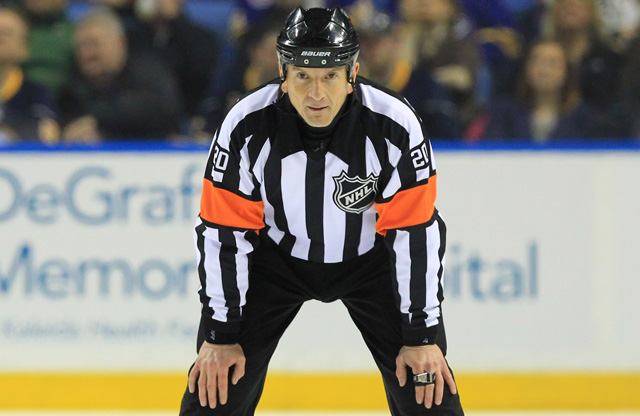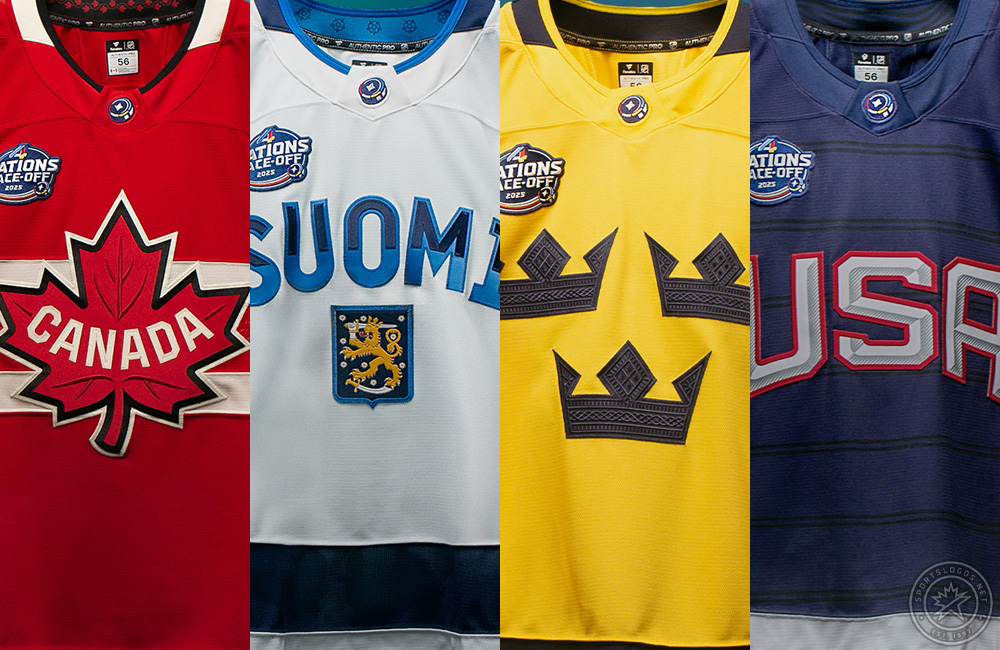NHL Referees And Their Apple Watches: A New Era In Officiating?

Table of Contents
Enhanced Decision-Making with Instant Replay Access
The introduction of Apple Watches provides NHL referees with unprecedented access to instant video replays. This streamlined access potentially leads to significantly more accurate calls on the ice. Previously, reviewing a play often meant a lengthy delay, interrupting the flow of the game and leaving players and spectators in suspense. The Apple Watch aims to mitigate these issues.
- Reduced review time: The ability to quickly access key replays on a wrist-mounted device drastically shortens the review process for goals, penalties (like slashing or tripping penalties), and other pivotal plays.
- Improved consistency: Faster access to replays allows for more consistent officiating across different games and referees. The human element of interpretation is minimized, leading to fairer outcomes.
- Minimized human error: By instantly viewing multiple angles of a controversial play, referees can make more informed and accurate decisions, reducing the margin for human error in interpreting the replays.
However, challenges remain. Reliable network connectivity within the sometimes-challenging environment of NHL arenas is crucial. Even with faster access, technological glitches or network issues could still cause delays, potentially negating some of the benefits.
Communication Improvements Among Officials
Beyond instant replay access, the Apple Watch facilitates seamless communication between on-ice officials and off-ice officials, such as those in the penalty box or reviewing room. This enhanced communication streamlines the officiating process and improves overall game management.
- Faster communication: The Apple Watch allows for near-instantaneous communication regarding penalties, injuries, and other game flow issues. This speed drastically improves the referees’ response time to incidents.
- Improved coordination: Linesmen and referees can quickly share information, coordinating their actions and ensuring a more unified approach to officiating. This coordination is crucial in fast-paced situations.
- Streamlined misconduct communication: Reporting player misconduct becomes more efficient, ensuring consistency in disciplinary actions. This element of swift communication prevents misunderstandings and ensures proper penalties are given.
Despite these benefits, potential limitations exist. The risk of miscommunication remains, even with instant messaging. Technological glitches, rushed messages, or misinterpreted information could lead to errors. Clear communication protocols and thorough training are vital to address this.
Impact on Game Flow and Fan Experience
The impact of quicker reviews and smoother communication significantly influences the game's rhythm and the overall fan experience. A smoother, more efficient officiating process translates into a more enjoyable experience for viewers.
- Minimized interruptions: Faster reviews and clearer communication minimize disruptions to the game's natural flow, keeping the excitement and momentum consistent.
- Increased fan satisfaction: Accurate and timely officiating decisions contribute to higher fan satisfaction. This element is crucial for a sport that can be emotionally charged.
- Improved transparency: The potential for quicker explanations of questionable calls to fans, potentially through in-arena displays, can boost transparency and trust in the officiating process.
However, potential negative impacts must be considered. Over-reliance on technology could lead to a decline in the referees’ own judgment and intuition. Furthermore, the increased scrutiny of officiating decisions, amplified by instant replays, might lead to increased pressure on officials and potentially more controversy.
Data Collection and Performance Analysis
The data collected through Apple Watch usage can be invaluable for analyzing referee performance and identifying areas for improvement. This data-driven approach offers a new level of objectivity in evaluating officials.
- Objective metrics: The technology could provide objective metrics to evaluate referee consistency and accuracy, creating a baseline for comparison and improvement.
- Data-driven training: Data analysis can inform targeted training programs designed to enhance officiating skills and address identified weaknesses.
- Long-term improvements: This continuous feedback loop is likely to result in long-term improvements in referee performance and greater fairness in the game.
Conclusion
The integration of Apple Watches for NHL referees has the potential to significantly improve decision-making, enhance communication among officials, and create a more enjoyable fan experience. Quicker reviews, smoother communication, and data-driven performance analysis are likely to contribute to more accurate and consistent officiating. The future may see similar technological integrations in other sports leagues, leading to a more data-driven and technologically advanced approach to officiating across various professional sports.
What are your thoughts on the role of Apple Watches in NHL refereeing? Share your opinions in the comments below! The future of NHL officiating may well be shaped by technology like the Apple Watch, impacting both the game itself and the fan experience.

Featured Posts
-
 Alex Ovechkins Take Will He Watch The 4 Nations Face Off Without Russia
May 07, 2025
Alex Ovechkins Take Will He Watch The 4 Nations Face Off Without Russia
May 07, 2025 -
 La Revelacion De Simone Biles Mi Cuerpo Se Derrumbo
May 07, 2025
La Revelacion De Simone Biles Mi Cuerpo Se Derrumbo
May 07, 2025 -
 Svedove Vs Nemci Na Ms Obrovsky Rozdil V Poctu Hracu Nhl
May 07, 2025
Svedove Vs Nemci Na Ms Obrovsky Rozdil V Poctu Hracu Nhl
May 07, 2025 -
 Lewis Capaldis Return A Friend Shares Details About New Music
May 07, 2025
Lewis Capaldis Return A Friend Shares Details About New Music
May 07, 2025 -
 Is Simone Biles Wrong For Buying Luxury Goods Fans React To Husbands Support
May 07, 2025
Is Simone Biles Wrong For Buying Luxury Goods Fans React To Husbands Support
May 07, 2025
